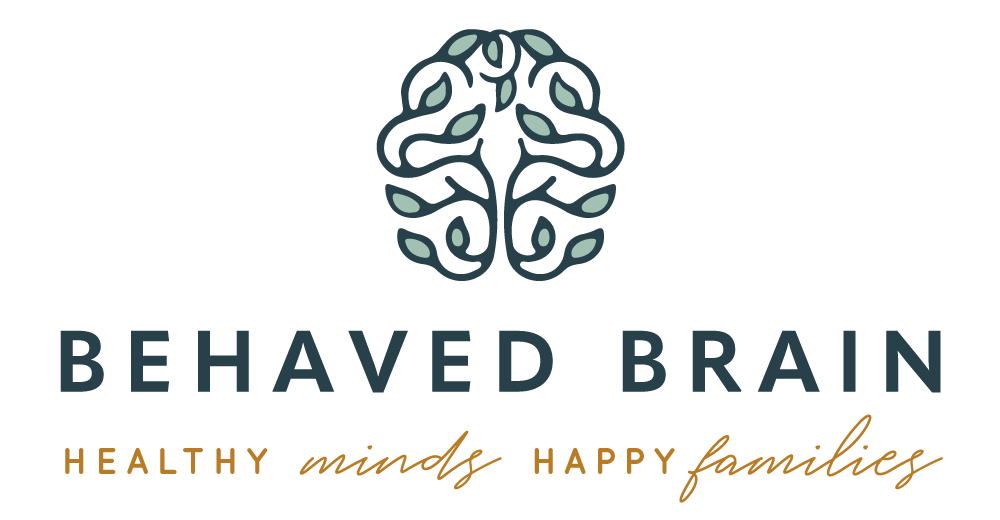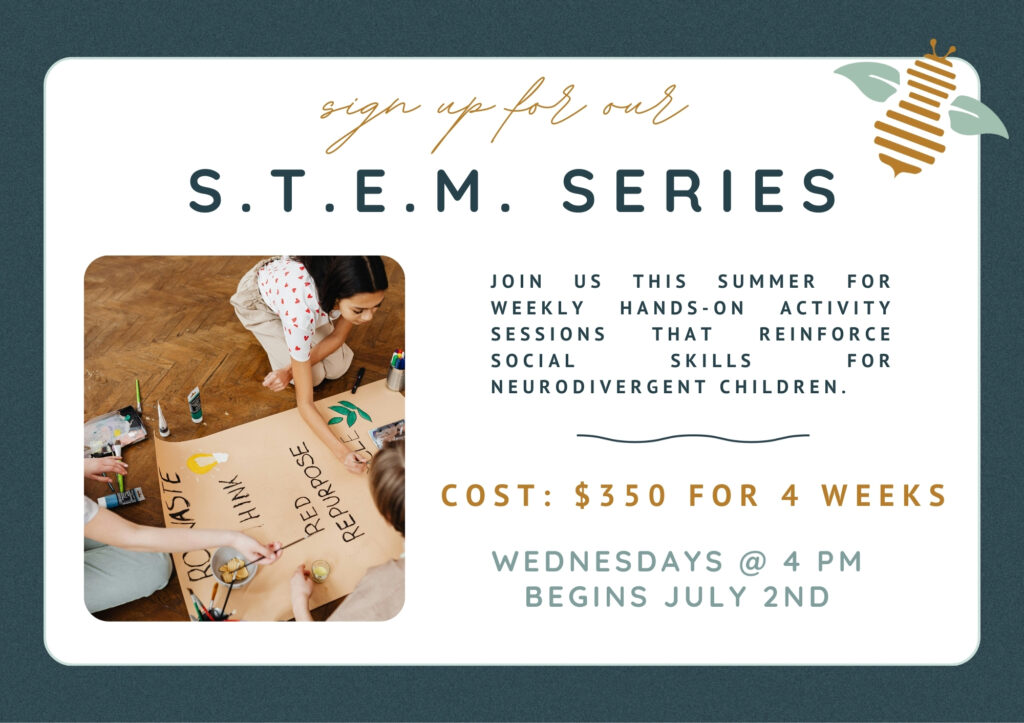In a world increasingly dominated by screens and structured schedules, the need for open-air, unstructured, and meaningful play has never been greater. Many parents and educators know that outdoor time is beneficial, but what’s often underappreciated is that outdoor activities that are therapeutic can be a powerful tool for supporting mental, emotional, and physical well-being in children – and even adults. This entry explores how outdoor activities can act as therapy, describing which types of accessible outdoor engagements are most effective for children across various age groups.
Why Outdoor Activities Are Therapeutic
Outdoor activities that are therapeutic combine the benefits of exercise, fresh air, sunlight, and social interaction. Scientifically, time spent in nature has been shown to reduce cortisol levels (the stress hormone), improve mood by increasing serotonin and dopamine, and enhance cognitive function by stimulating parts of the brain related to executive functioning and creativity.
Physical movement, whether it’s running, climbing, or just walking, improves cardiovascular health, enhances coordination, and boosts self-esteem. Additionally, being in natural environments can promote mindfulness, reduce symptoms of ADHD, anxiety, and depression, and help children regulate their emotions more effectively.
Accessible Outdoor Activities for Young Children (Ages 2–6)
Nature Walks and Sensory Exploration
Letting toddlers and preschoolers walk through parks, gardens, or trails while encouraging them to touch, smell, and listen builds sensory awareness and encourages mindfulness. These kinds of outdoor activities which are therapeutic help develop language, curiosity, and fine motor skills.
Water Play
Outdoor water tables, sprinklers, or shallow creeks promote imaginative play and help children regulate emotions. The tactile nature of water has a calming effect, often used in sensory integration therapy.
Gardening
Planting seeds, watering plants, or simply digging in the soil supports emotional regulation, nurtures responsibility, and improves attention spans.
Therapeutic Outdoor Activities for Elementary-Age Children (Ages 7–12)
Biking or Scootering
These activities are excellent cardiovascular exercises that also encourage independence and spatial awareness. They help children release pent-up energy and can alleviate symptoms of anxiety and ADHD.
Team Sports and Cooperative Games
Soccer, capture the flag, and relay races foster teamwork, build social skills, and provide a sense of accomplishment—all therapeutic aspects that build emotional resilience.
Hiking and Scavenger Hunts
Nature hikes combined with goal-oriented tasks like scavenger hunts keep children engaged and curious while stimulating problem-solving skills. These outdoor activities that are therapeutic reduce screen dependence and foster intrinsic motivation.
Therapeutic Outdoor Options for Teens (Ages 13–18)
Rock Climbing and Ropes Courses
These high-challenge activities build trust, self-confidence, and resilience. Teens learn to manage fear and self-doubt, promoting mental strength and emotional regulation.
Outdoor Yoga or Meditation
Mindfulness in natural settings enhances relaxation, focus, and body awareness. These practices are increasingly incorporated into therapy for anxiety and depression.
Volunteering in Community Gardens or Environmental Projects
Purposeful outdoor work provides teens with a sense of contribution, combats feelings of isolation, and nurtures empathy and responsibility.
Outdoor Activities for Families or Mixed-Age Groups
Camping Trips
Whether in a backyard or a national park, camping promotes bonding, reduces screen time, and reintroduces families to slower, more mindful routines.
Nature-Based Art Projects
Collecting leaves, stones, or flowers to create artwork encourages collaboration, creativity, and mindfulness. These activities can be especially soothing and engaging for children who struggle with verbal expression.
Pet Walks or Nature Clubs
Walking dogs or joining local nature clubs helps children build routines, encourages responsibility, and provides social opportunities.
The Science Behind the Therapy
Studies have repeatedly confirmed the mental health benefits of outdoor time. A 2019 study published in Frontiers in Psychology found that spending just 20 minutes in nature can significantly reduce cortisol levels. Another study in the American Journal of Public Health highlighted that children with ADHD showed marked improvement in concentration after walking in a park compared to urban settings.
Physical activity, often a component of outdoor activities that are therapeutic, boosts brain function by increasing oxygen flow and promoting the growth of neural connections. Furthermore, sunlight exposure helps regulate circadian rhythms and improves sleep—both critical components of emotional and mental health.
Adults Can Benefit Too
It’s not just kids who need healing through nature. Parents, caregivers, and educators often experience high levels of stress, and outdoor activities can serve as an outlet for their emotional well-being as well. Joint parent-child activities like hiking, gardening, or simply sitting in nature can foster bonding and provide shared moments of peace.
Making Outdoor Therapy Accessible
The beauty of outdoor activities that are therapeutic is that they don’t require expensive equipment or special locations. Urban parks, schoolyards, and backyards can all be transformed into healing spaces with the right mindset. Many communities in the U.S. now offer nature-based therapy programs, such as outdoor counseling or “forest schools,” which integrate therapeutic outdoor play with educational development.
Creating a regular schedule for outdoor time and incorporating it into daily routines reinforces its value. Parents and caregivers should model this behavior and view it not just as play, but as preventive health care.
Incorporating outdoor activities that are therapeutic into a child’s daily life is more than just good fun—it’s a crucial step toward holistic health. These activities support brain function, physical health, emotional resilience, and social development. More importantly, they provide children with coping tools and self-regulation strategies that serve them for life.
Whether you’re walking through a local park, planting a vegetable garden, or climbing a rock wall, the key is consistent engagement and a focus on presence and play. The world outside is not just a playground—it’s a healing space for every age.







